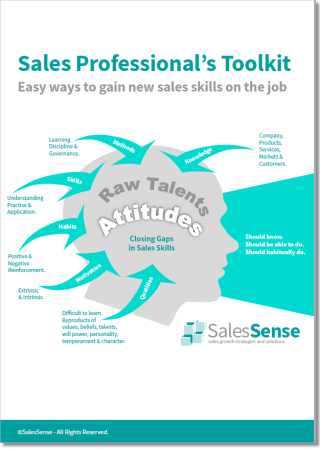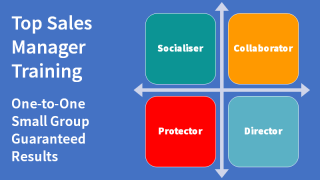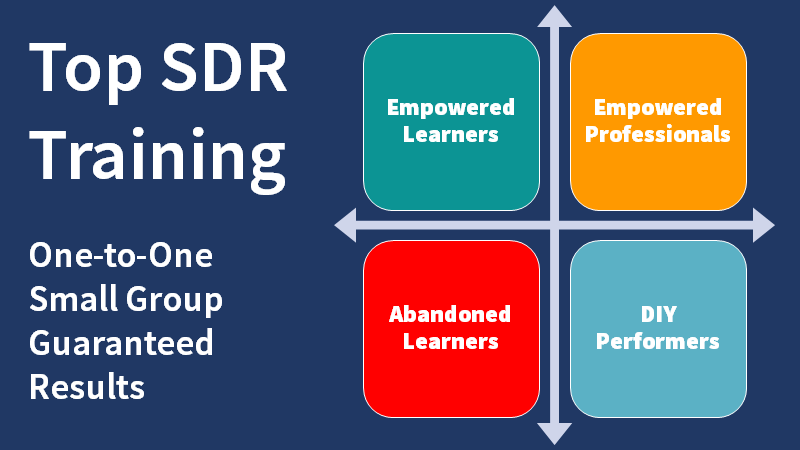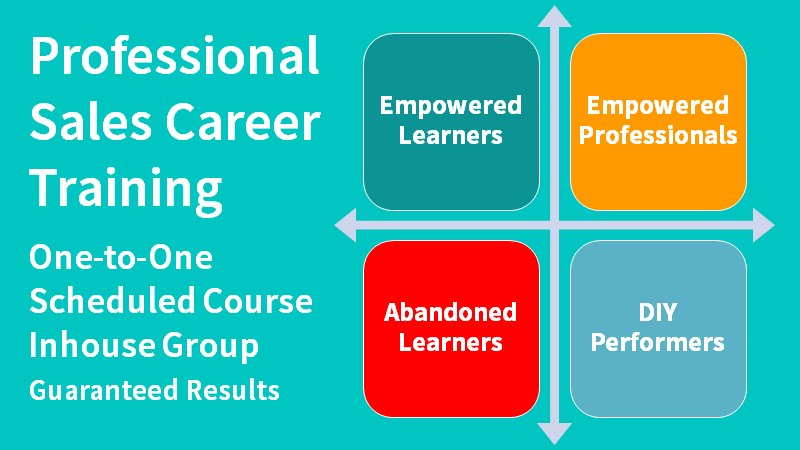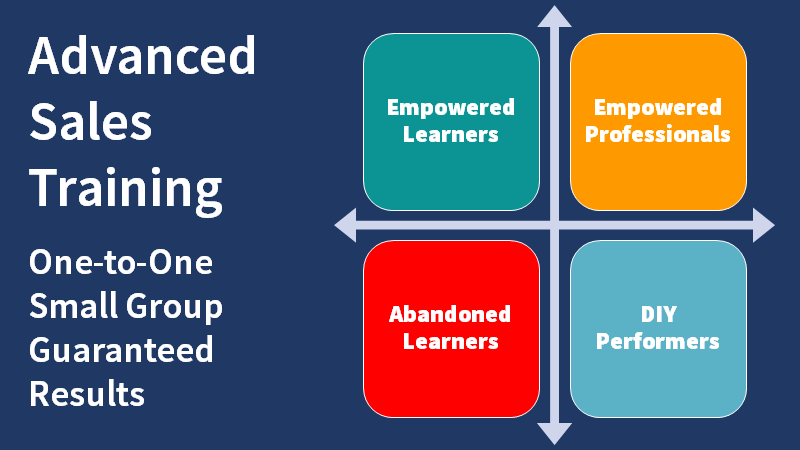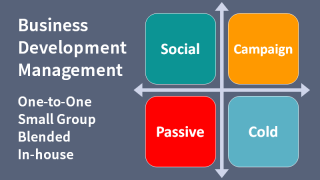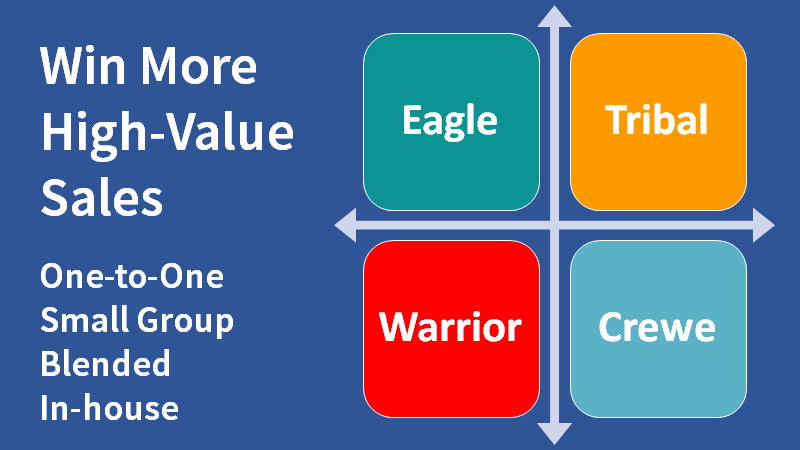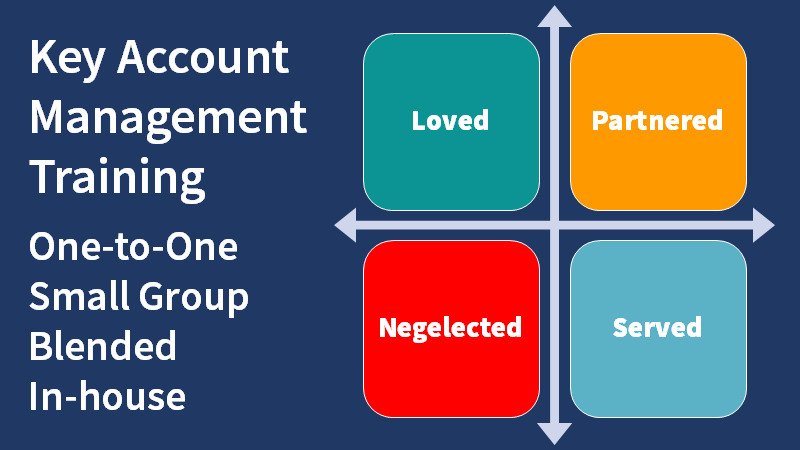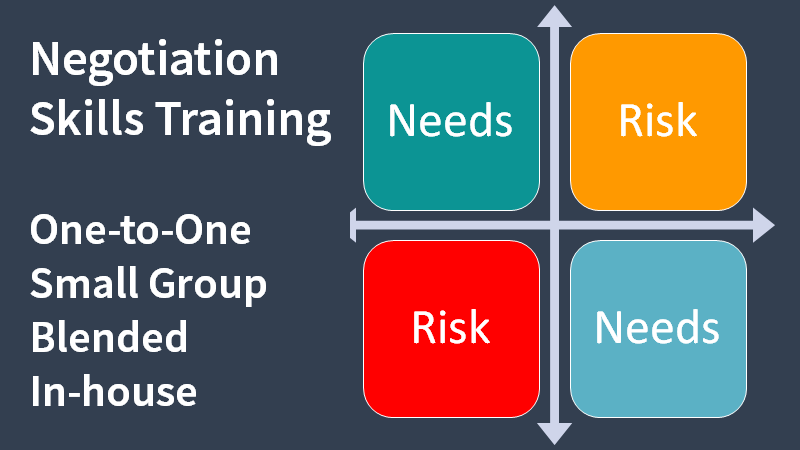The changing B2B buyer journey has outmoded traditional selling methods.
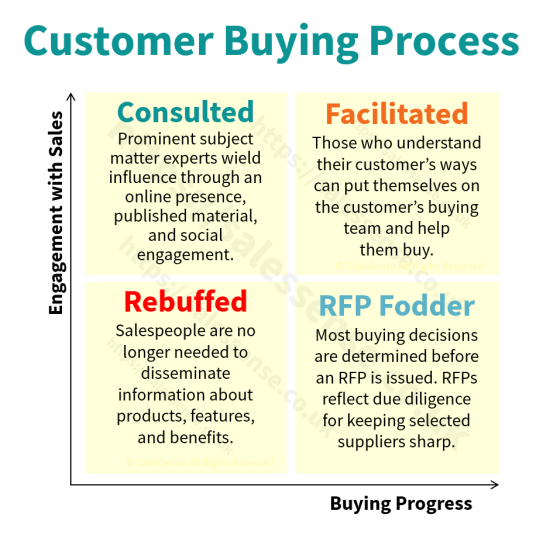
Salespeople must up-skill for earlier customer engagement in the B2B buyer journey.
Spotting or anticipating trends is an important leadership responsibility. We all expect our leaders to know what the future holds. How else can we have confidence in their promise of a better future?
Selling is about leadership. As sellers, we promise customers some aspect of a better future. Persuasion is rooted in the promise of moving towards something better or avoiding something worse.
Trends are easier to spot when you consider motivators. Every business and most individuals are constantly seeking ways to make things better. Experimenting is expensive. Looking for early signs of what is working for others offers a shortcut that negates some of the risks.
This old Mckinsey article from 2010 presented some B2B trends drawn from customer research:
- Customers are becoming more demanding.
- Businesses are investing to reduce the cost of customer satisfaction.
- B2B sellers are adopting B2C ‘big data’ marketing tactics.
- There is a growing customer acceptance of online meetings.
Shifting and escalating customer demands seem to be something that is continuous. Just as salespeople need to keep getting better or risk being overtaken by automation, customers must continually make themselves more competitive in their markets.
Continuous investment to reduce costs, improve quality, increase skills, and develop better methods and processes is necessary else the gains of others diminish the readiness and effectiveness of a business.
Decades ago Tom Peters wrote, “The only reliable source of competitive advantage is getting better faster than your competitors”.
The adoption of B2C tactics in B2B marketing refers to the use of predictive analytics to spot trends and opportunities from large data sets.
Much of the data is easily collectable because business buyers no longer need to use salespeople as a source of information. Instead, they search online to identify trends, find ideas, and learn about related products and services. The B2B buyer journey has changed.
Migration of buying habits was the theme of my 2010 article, 'Establishing Sales Credibility and Trust in a Digital World'.
It addressed the fact that buyers are now able to leave salespeople out of their buying process until it is almost complete. As I update this article, AI is increasingly encroaching on the world of professional selling.
These days sellers are denied the opportunity to build relationships and the window of time available for influencing the outcome of a B2B buyer journey is considerably shortened.
The days of customers having to consult salespeople early in their buying process are long gone. Today the opportunities to develop buyer-seller relationships are found online and the new sales skills required are labelled 'social selling' or 'digital engagement'.
This marks a swing in power from sales to marketing. Today’s AI makes one-to-one marketing practical. The old adage, “Sellers do it face to face while marketers do it at a distance” is losing its relevance.
The new sales skills necessary to succeed are rapidly expanding. Being perceived as a product/solution expert who can add value early in a customer’s buying process may be the only way to get back in the game at a stage when there remains some opportunity to influence the B2B buyer journey.
Expertise on its own isn't enough. Your expertise must be found and recognised by the prospective customers you want to engage with. Here is a checklist for what I refer to as personal marketing or digital engagement:
- Does your LinkedIn profile present you as a subject matter expert?
- Do you contribute as an expert in relevant online discussions?
- Does your personal website or blog rank well for the search terms your prospective customers are using?
- Do you write and publish regularly on a website or blog to expand the ways that prospective customers can find and recognise your expertise?
- Do you promote worthwhile content from other expert contributors through LinkedIn/Google+/Twitter?
- Do you promote your own content through LinkedIn/Google+/Twitter?
- Do you maintain and develop a professional network of experts, customers, and business partners?
- Do you make use of list management, CRM, and marketing automation to maintain relationships in your professional network?
In general, salespeople are way behind in following their customers online. According to Booz & Company, 25% of business owners claim their employees don't even have the basic digital skills to use the Internet for business so if you only score a couple of points out of the possible 8 from the social/digital selling checklist above, give yourself a pat on the back.
Is there evidence that becoming a digital warrior is worth the effort?
This Forbes article discusses some supporting research. As you can see from the analysis of SalesSense marketing below, we get almost all of our business through the use of social/digital selling and we have plenty of room for better alignment with the B2B buyer journey.
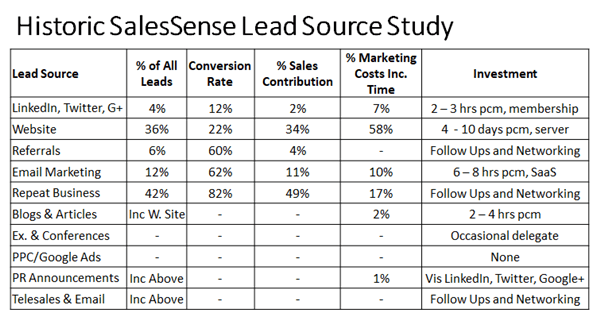
All of the items on the checklist rely on digital marketing expertise. One of the ways that marketing departments can leverage their newfound popularity is to empower sellers to leverage the marketing mechanisms listed above.
If we sellers fail to create opportunities for engagement early in the B2B buyer journey, our chances of making a contribution to the customer’s thinking is curtailed and we end up merely pitching for the business.
Article by Clive Miller
If you need to take part in the B2B buyer journey or develop customer engagement skills to match the new customer buying process, we can help. Telephone +44 (0)1392 851500. We will be pleased to learn about your needs or talk through some options. Alternatively, send an email to custserv@salessense.co.uk for a prompt reply or use the contact form here.


